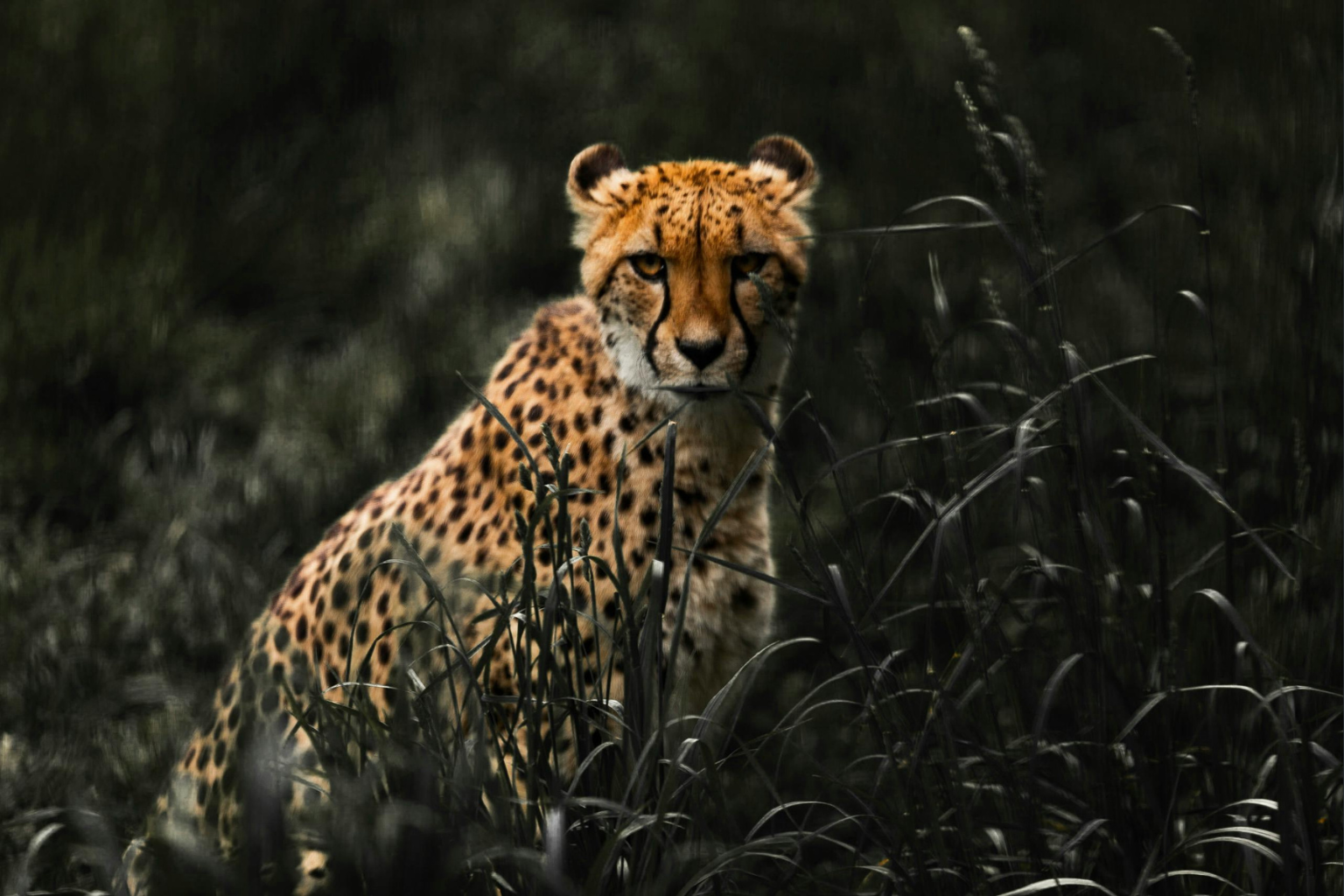
Wildlife photography is one of the most thrilling and challenging forms of photography. It demands quick reflexes, patience, and, of course, the right gear. But that gear doesn’t need to cost you thousands of dollars — especially when you consider the renewed market.
In this guide, we’ll explore why certain camera features matter for wildlife, and we’ll recommend the best refurbished cameras at different price points that are ideal for both beginners and hobbyists who want to capture nature in stunning detail.
What to Look For in a Wildlife Camera
Fast Autofocus & Burst Shooting
Animals don’t pose for portraits, wildlife photography often calls for a good set-up, quick reflexes, and perfect timing. You’ll need a camera that can lock focus quickly and capture several frames per second. Look for:
- Continuous autofocus (AF-C)
- Eye or animal tracking
- Burst rates of at least 6 fps (more is better)
Telephoto Reach
Wildlife photography often means shooting from a distance. A camera with telephoto lens compatibility is a must, ideally 200mm and above.
Weather Sealing (Bonus)
Nature isn’t always predictable. Cameras with basic weather resistance will last longer in outdoor conditions.
Best Refurbished Wildlife Cameras of 2025
All these models are available renewed — giving you professional-grade features at a fraction of the price.
Canon EOS 90D (Renewed)
Why it stands out:
- 32.5MP APS-C sensor delivers crisp, detailed shots, especially useful for cropping distant wildlife without sacrificing resolution
- 10 fps burst shooting lets you catch birds mid-flight or that split-second glance from a wary fox
- Canon’s renowned Dual Pixel Autofocus tracks subjects smoothly, especially with EF telephoto lenses
- Solid, weather-resistant body built for unpredictable conditions in the field
Why it's loved by wildlife shooters:
The 90D is often recommended by enthusiasts as a fantastic mid-range option that punches above its weight. Many photographers praise it for handling birds in motion or distant deer in low light, especially when paired with a 100-400mm or 70-300mm lens. If you're trekking through wooded trails or sitting in a blind for hours, its battery life and responsiveness give peace of mind. It strikes a balance between DSLR familiarity and modern feature sets — perfect for someone who wants a step up without jumping to mirrorless just yet. This DSLR is one of Canon’s best for action and wildlife photography — and it works with a wide variety of Canon EF and EF-S lenses, many of which are also available renewed.
Nikon D500 (Renewed)
Why it stands out:
- 20.9MP APS-C sensor with blazing fast 10 fps
- 10 fps continuous burst with deep buffer makes it ideal for action-heavy wildlife moments
- 153-point AF system (including 99 cross-type points) — one of the best in this price tier
- Tough magnesium alloy body built for rugged outdoor shooting
Why it's loved by wildlife shooters:
The D500 is frequently hailed as the “wildlife workhorse” of DSLRs. It’s the camera you bring to Yellowstone or the African savannah and know it won’t let you down. A recurring theme in Reddit threads is how shockingly good the autofocus is at locking onto fast-moving animals — whether it's a diving osprey or a bounding fox. People rave about how it just nails shot after shot, even in less-than-perfect lighting. It's not the lightest body around, but if you're using a monopod or long lens setup, it complements it beautifully.
Sony Alpha a6400 (Renewed)
Why it stands out:
- Compact and mirrorless — easy to travel with or carry into remote locations
- Real-time Eye AF (including animal tracking) helps capture sharp images, even when your subject is moving unpredictably
- Shoots at 11 fps — enough to grab subtle movements and decisive moments
- Excellent lens compatibility with Sony’s E-mount ecosystem, including sharp budget zooms
Why it's loved by wildlife shooters:
If you frequent Photography or Wildlife Photography groups, you'll often find fellow photographers praising the a6400 for its portability and power. It's the kind of camera you can sling around your neck on a 6-mile hike without regret. Whether you're tracking hawks across a canyon or photographing a raccoon at dusk, the real-time autofocus keeps up — especially paired with the Sony 70–350mm, which was built for wildlife use. People love that it doesn’t demand a heavy investment in pro glass to get good results. And thanks to its EVF, what you see is what you get — even in tricky forest lighting.
Recommended Lenses for Wildlife Photography
While camera bodies are important, your lens choice makes a bigger impact in wildlife scenarios. These budget-friendly options are often available refurbished:
- Canon EF 70-300mm f/4-5.6 IS II USM
- Nikon 200-500mm f/5.6E ED VR
- Sony E 70-350mm f/4.5-6.3 G OSS
These lenses give you long reach without the premium price of super-telephoto glass.
Where to Buy Refurbished Wildlife Gear
Stick to reliable platforms that offer return policies and warranties:
Be sure to double-check shutter count, lens condition, and warranty before buying.
Final Thoughts: Capture Nature, Save Money
You don’t need a $3,000 telephoto beast to get into wildlife photography. With the right renewed camera and lens combo, you can start exploring and capturing the animal kingdom today — with image quality that rivals many new setups.
And the best part? You’ll have budget left over for that national park pass, camera bag, or memory cards.
🔍 Explore More Deals: Browse Wildlife-Ready Cameras
📖 Related Read: Top Budget-Friendly Camera Setups for Nature Photography